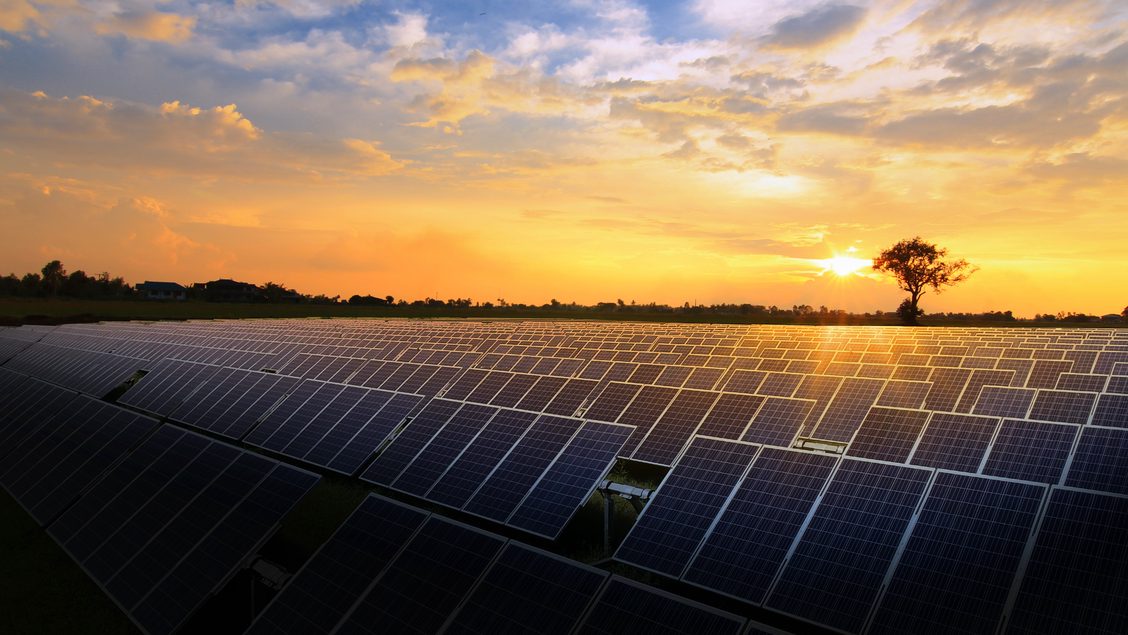
More than half of our electricity in the United States still comes from the combustion of fossil fuels. That means that even fully electrified buildings aren’t as decarbonized as they could be.
Installing batteries paired with onsite solar largely solves this problem. But what if you rent, or can’t afford the $20,000 for solar and $10,000+ for a battery?
Luckily, companies like Arcadia, WeSolar, and Nexamp allow electric utility customers of all income brackets to harness solar energy immediately without owning a single solar panel.
How? Through community solar.
What is community solar, and how does it work?
Think about how the subscription model has proliferated across all sectors. Spotify, Netflix, Amazon Prime – the list goes on and on. Community solar is based on the same premise, just for electricity instead of music or entertainment. You’re “subscribing” your home to a community solar farm near you and reaping most of the benefits without owning any panels.
You lease a certain number of kilowatts (based on your monthly electricity consumption) from a solar installation within your utility’s service area. At the end of each month, you earn credits based on your share of the installation’s energy production using virtual net metering. You’re still subscribed to the same utility and your home’s power service doesn’t change. The only visible difference will be a line for solar credits on your electricity bill that offset what you pay the utility.
According to EnergySage, community solar subscribers save an average of 5-15 percent over the course of the year. These savings can help alleviate energy burden for low-income households.
Finding a Farm
I highly recommend checking out EnergySage’s Community Solar tool. You can browse community solar programs and search for options in your ZIP code.
Let’s look at an example offered by Nexamp – Elkton Blue Solar in Maryland. The farm’s capacity is nearly 3 MW, and it currently has room for 66 more subscribers.
The tool also lets you see how much money and carbon you’d save by subscribing (based on your monthly electricity bill). Someone who normally pays $1,200 annually for electricity would save an estimated $108 after a year enrolled with the Elkton Blue Solar farm (9 percent annual savings). They’ll also offset seven tons of carbon – more than 18 months’ worth of driving a typical combustion engine vehicle.
What’s the Catch?
With free sign-ups and cost savings, it seems like there should be some major downside to community solar. Well, like any service, there are some bad eggs out there that could spike your energy bill.
But there’s nothing inherently risky about community solar, and companies like Arcadia have reliable track records and happy customers (A 4.4 rating based on 1,000 reviews on TrustPilot).
Rather, the main downside is that it’s simply not available everywhere. Only twenty-one states and Washington, D.C. have enacted legislation that enables community solar. And even in those states, you must live close enough to a solar farm to subscribe.
Lastly, community solar doesn’t change the actual electrons flowing into your home. However, it still offsets your consumption by sending that much solar energy to the grid. It also helps fund the continued development of renewable energy, which will make our buildings cleaner in the long run.
Photo Credit: Solar farm overlooking a sky warm sunrise by mvtstockshot via Shutterstock



